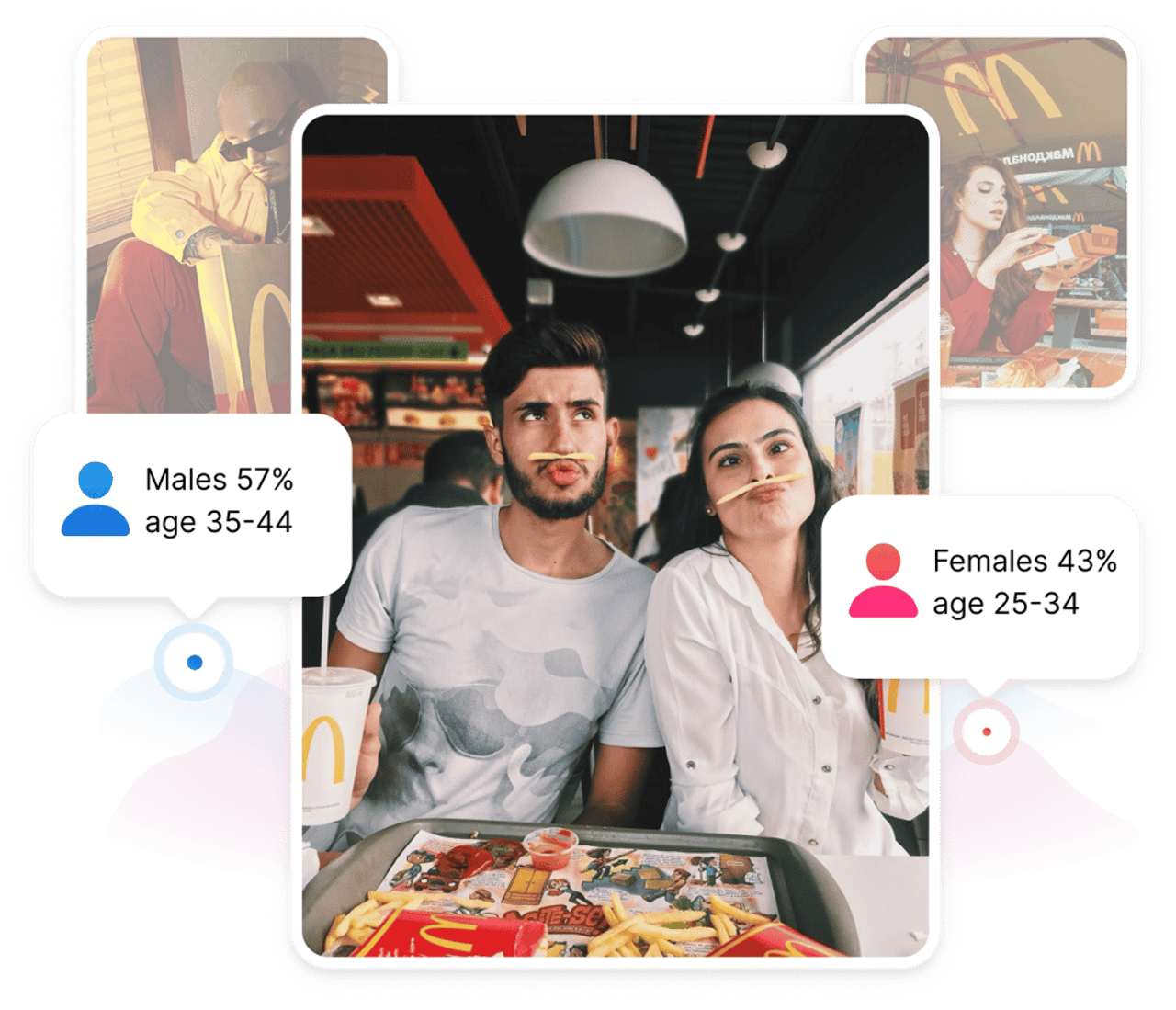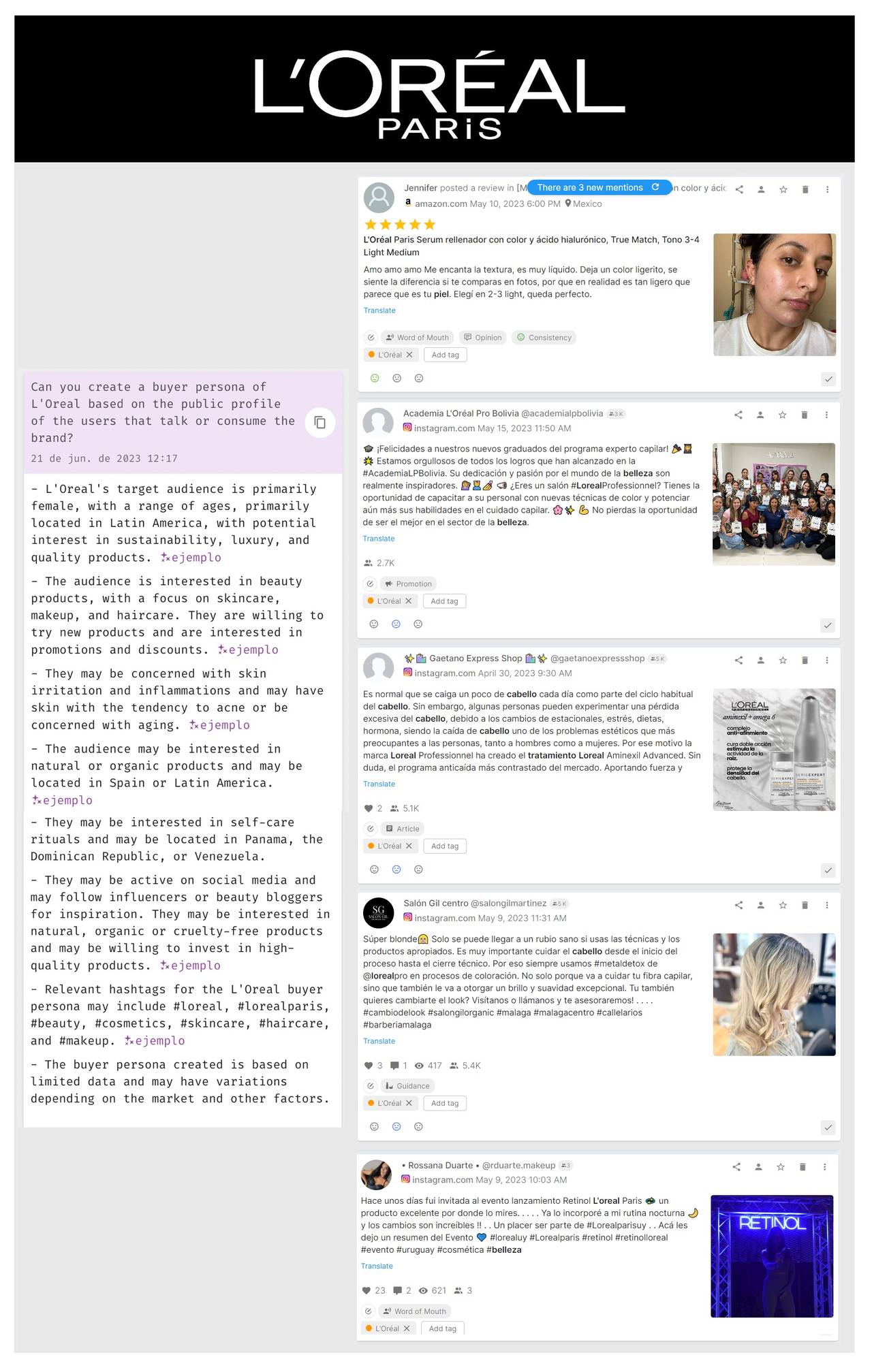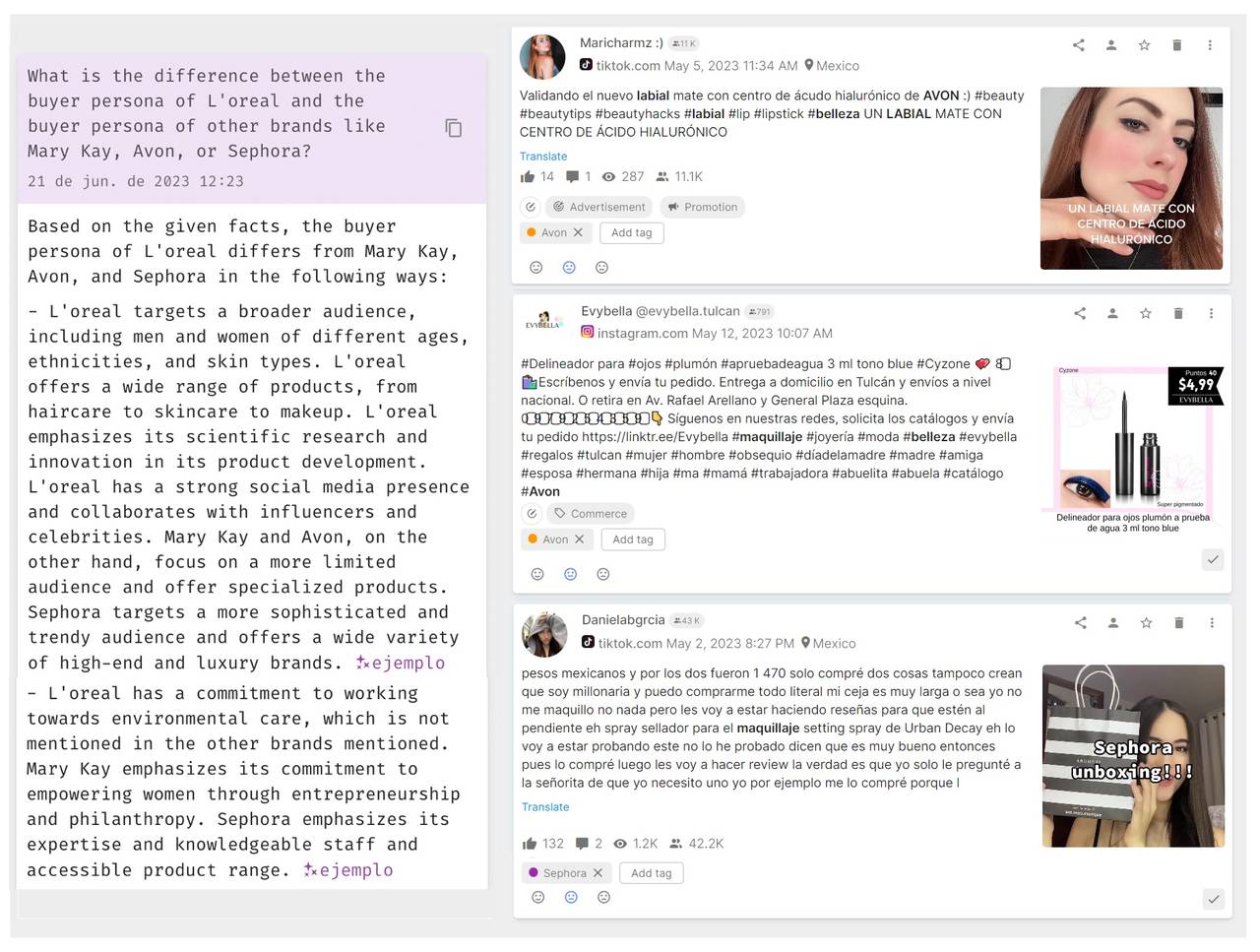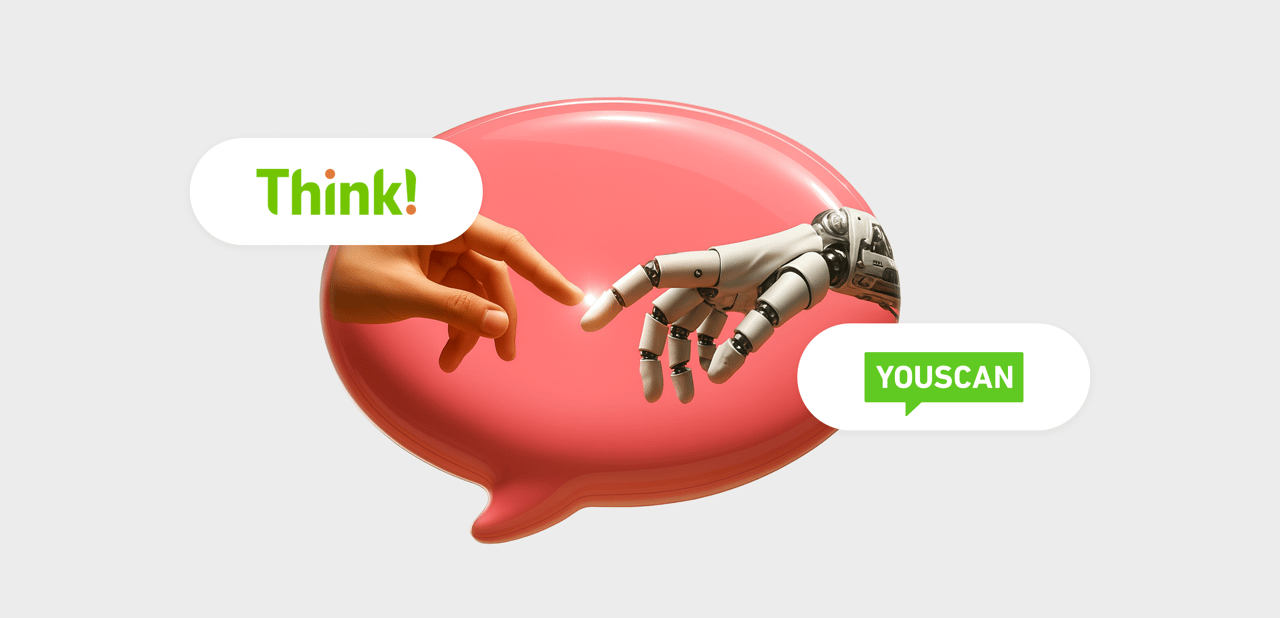How to create your buyer persona in 1 minute... or less

It's nothing new when I tell you that if you know your customer better, you're more likely to create strategies that resonate better with them. But how can you make a buyer persona without blind spots? Here's how to do it effectively.
What is a buyer persona?
Also known as a buyer profile or customer profile is a fictitious representation of your ideal customer based on demographics, behaviors, needs, and psychographic characteristics. In this way, it is effortless to understand your customer and efficiently target your marketing strategies and sales team's efforts.
As the idea is to create a clear and detailed picture of your customer to understand their needs, behaviors, and concerns, it is essential to include as many details as possible such as age, gender, education level, income, occupation, geographic location, interests, motivations, challenges, goals, and buying preferences.
Thus, the buyer persona helps marketing and sales teams target their messages, products, and services to the specific needs of your customers. By knowing their target, they can create more effective and personalized strategies to ensure they engage and retain those customers, providing them with a more relevant and satisfying experience.
👀 It is essential to note that a buyer persona does not represent all of your customers. Still, it serves as a compass to target and personalize marketing actions based on their characteristics and preferences.
What is the purpose of creating a buyer persona?
We mentioned it before, but we know people read better in a list form 😜. We give you five concrete points why it is beneficial to create a buyer persona:
Customer understanding: providing detailed information about demographics, behaviors, needs, and motivations allows you to have a clearer picture of who your ideal customers are and what drives them to buy.
Message and content targeting: with this information, you can tailor marketing messages and make content more relevant and engaging. This helps capture potential customers' attention and establish a stronger connection with them.
Personalizing the customer experience: a compelling buyer persona allows you to offer a more personalized experience for your customer, as you can tailor your services or products to satisfy them more effectively, which improves their experience and increases the chances of conversion.
Identification of market opportunities: by analyzing buyer personas, you can discover segments or customers that need to be adequately served, thus uncovering new business opportunities.
Guidance for decision making: knowing who the customers are, it is possible to make decisions, from product development to marketing campaign planning, in a more informed and accurate way.
Differences between buyer persona and target
Now that we know what a buyer persona is and what it is for, we must understand the critical difference between your target and your buyer persona.
Here is an example so you can understand the difference in a better way:
Target: men and women, 20 to 35 years old, marketing graduates with an average monthly income of $4,000 who want to continue learning the subject.
Buyer persona: Luis is 24 years old, just graduated from marketing this year, and wants to continue his studies with a major. He is single and loves to learn all the time and stay active. That's why he's looking for a tool to help him find a graduate program that fits his active lifestyle.
Can you see the difference, right? Well, here are two key points:
Definition and focus: target refers to a broader group of people; it is based on general demographic characteristics, such as age, gender, geographic location, income, etc., whereas a buyer persona focuses on a specific, detailed profile of a customer within your target. It delves into more specific psychographic characteristics, behaviors, motivations, challenges, and preferences.
Strategic application: Targeting is primarily used to identify and select a company's most relevant market segments. It focuses marketing and sales efforts on a broader group of potential customers. On the other hand, the buyer persona is used to develop more detailed and personalized strategies. It helps to understand customers better and provides practical information for product development, marketing message creation, campaign planning, and strategic decision-making.
Types of a buyer persona
A marketer can create several buyer personas depending on their industry, target market, etc. Here are some examples:
Decision maker buyer: this is the primary customer who makes the final purchase decision. This type of buyer persona focuses on specific roles within the organization and on the individuals responsible for making important purchasing decisions.
Prescriber: the prescriber-buyer persona focuses on people who have influence and authority in the recommendation or selection of products or services but are not the end users and do not make the final purchase decision.
Influencer user: this type of buyer persona refers to people who do not make the final purchase decision but influence the decision-making process.
Negative: a negative buyer persona is a customer or prospect that does not meet the ideal criteria, does not have the proper budget, has no real need for your product or service, or is not profitable for your company.
How to create a buyer persona?
As we pointed out at the beginning of the article, how a buyer persona is created is extremely important because the more information and details you get, the more you can create buyer personas to help you make more effective strategies for your customers.
Now comes the good part, how to create a compelling buyer persona?
Undoubtedly, one of the processes that are essential for the creation of your buyer persona is social listening. This will help you monitor social networks in search of mentions, publications, and conversations related to your product or service and relevant information from your customers.
Can you imagine this can be done in a minute... or less? If you doubt it, it's probably because you don't know YouScan, today's leading social listening platform.
YouScan has been the pioneer platform in artificial intelligence research, visual insights, sentiment analysis by aspects, and audience analysis.


This last feature will help you discover the age of your customers, where they live, what they do for a living, and what kind of interests they have.


It sounds easy enough to create a complete buyer persona. But would you believe me if I told you it could be even easier?
YouScan recently introduced Insights Copilot, a revolutionary technology powered by ChatGPT. Insights Copilot is an assistant that helps you get valuable information from millions of mentions, comments, and posts in minutes.
Thanks to this assistant's interface, you can enter any question: from your brand's 'pain points to get a quick summary of all the problems customers experience with your product or reports on the strengths, weaknesses, opportunities, and threats to your brand.
We recently conducted quick research using L'Óréal compared to other makeup brands, such as Avon or Mary Kay.
We asked Insights Copilot to do a buyer persona of L'Óréal based on social media mentions, and this was the result:


In the same way, it is possible to compare the buyer persona of your brand with the buyer personas of your competitors to find areas of business with other types of customers or products.


All this in a matter of a minute, can you believe it?
This way, you are covering as much detail as possible, making sure you create an effective buyer persona with information based on relevant and real data.
So social listening with a tool like YouScan helps you stay up-to-date and position your brand at the forefront, resulting in a competitive advantage in today's marketplace.
Now, are you ready to create the best buyer persona for your company?
We invite you to try YouScan and Insights Copilot! Dare to create the best sales and marketing strategies with our tool. You can request a free demo and see Insights Copilot and other YouScan features in action.


.png)
